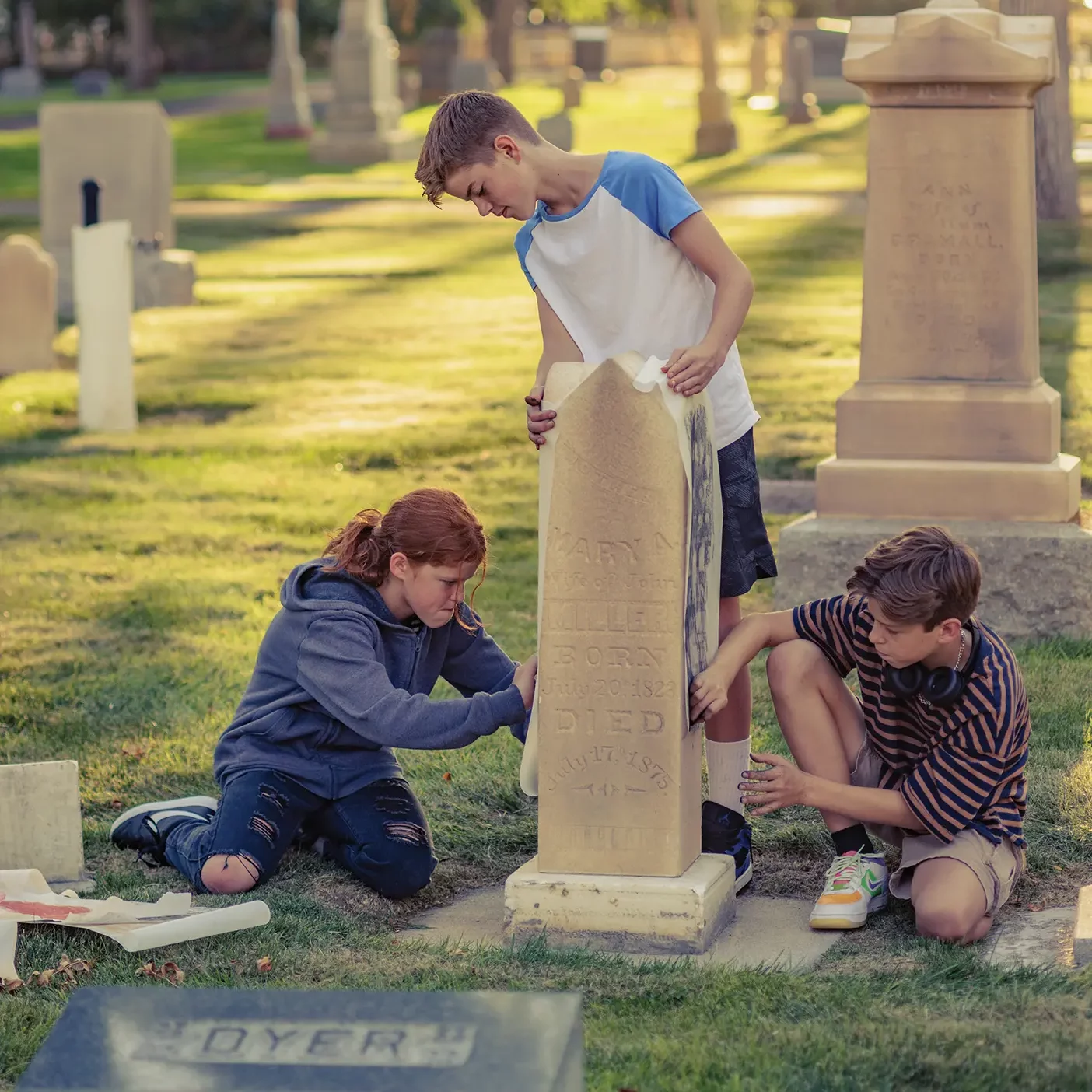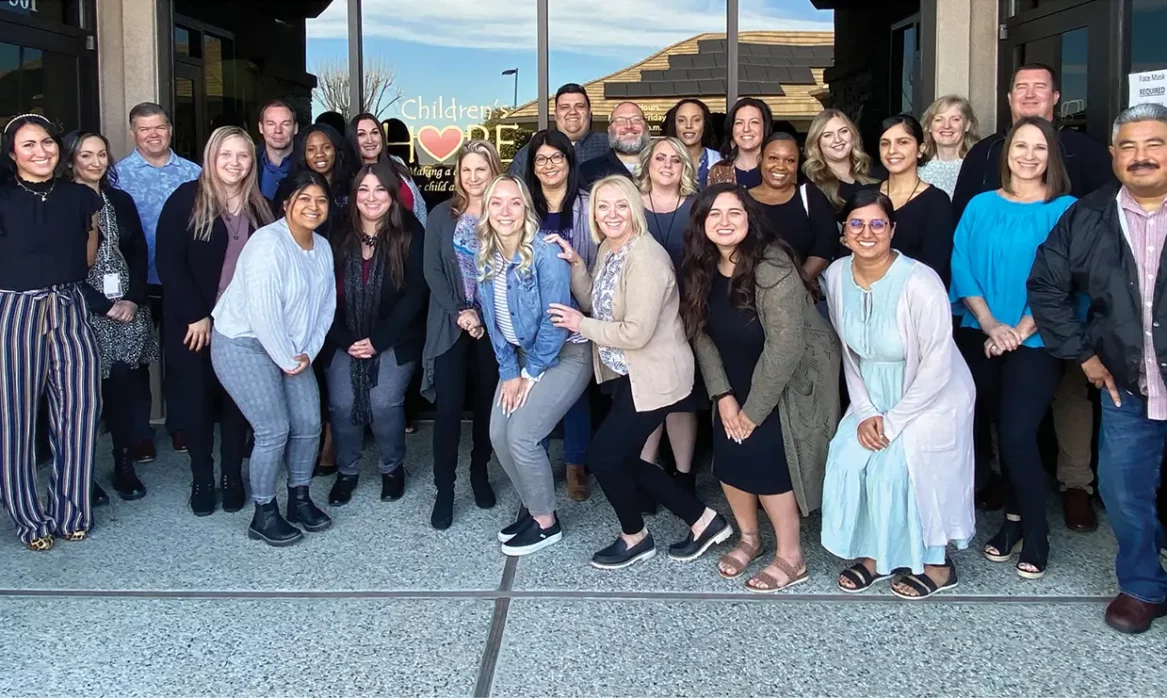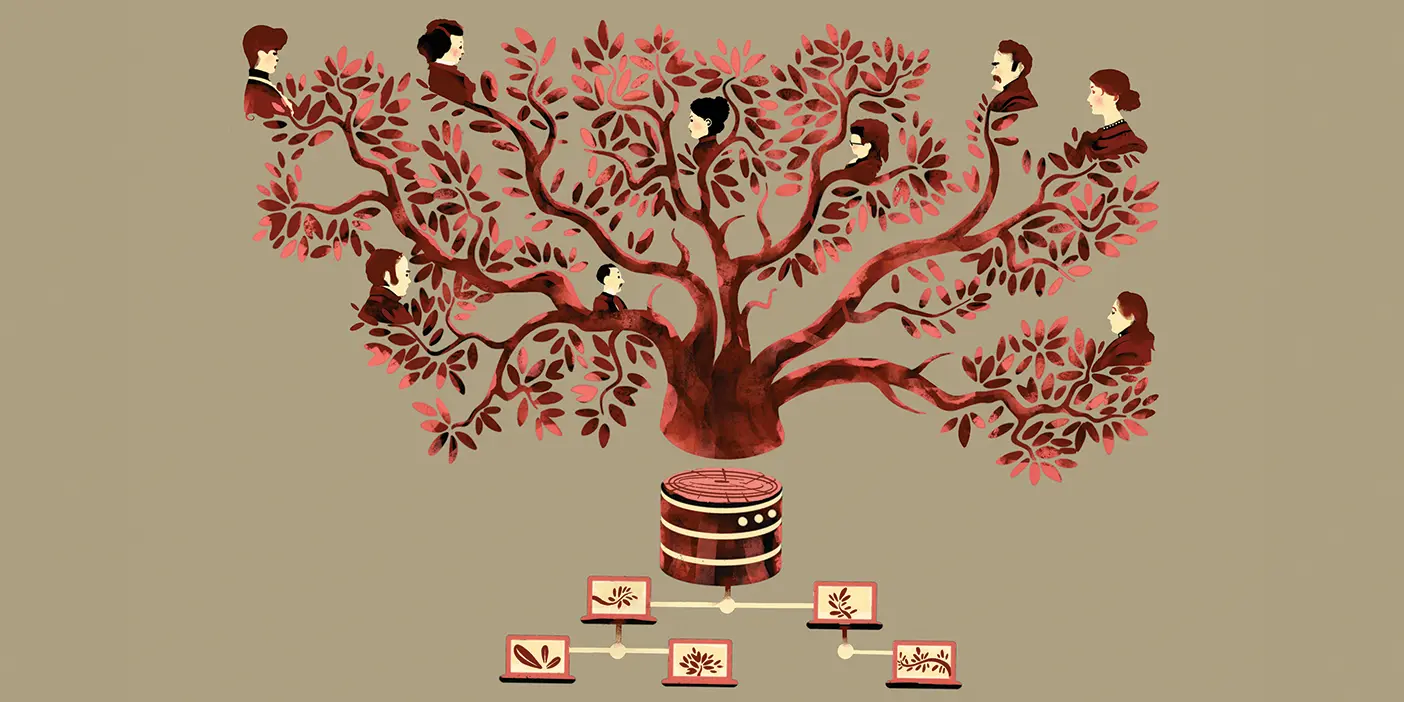Family history stories empower and nurture identity in teens.

As teenagers are bombarded with TikTok trends and other social-media influences, the negative consequences of heavy online use are becoming increasingly clear: more pronounced mental-health concerns and lower self-esteem. Many parents are wondering, “How do I help my kids build self-confidence and avoid the pitfalls of comparison?”
A study published in the journal Genealogy by BYU experience design and management professor Brian J. Hill (BS ’86) suggests that family history might be the perfect antidote while providing a way to reduce anxiety and increase psychological well-being.
“Family-history stories keep intact a connection to family in a way that is positive for adolescents as they develop their own independence,” says Hill. “Exploring the values of your ancestors and their character strengths can help teenagers see those things in themselves and motivate them to develop their own positive qualities.”
In the research adolescents with the healthiest identity development—both a sense of connectedness to family and adherence to their own beliefs—also had a strong understanding of their family connections.
Hill says that knowing about major events and meaningful anecdotes from their parents’ and grandparents’ lives can be particularly impactful as teens find themselves.
“Stories highlight exemplary qualities or traits our ancestors demonstrated that can inspire our teens to be more resilient or to face their challenges with courage,” he says.
While incorporating family history into the long list of to-dos might seem daunting, Hill suggests four ways parents can more effectively encourage discovery and sharing of family stories naturally and normally in the home.
1. Tell a story.
Embracing the art of storytelling will engage teens. “Go beyond the dates,” he says. “As you do, point out qualities the ancestor demonstrated and ask, ‘Do you see these characteristics in yourself?’ By asking questions you can help connect the dots about virtue and character between our ancestors and our youth.”
2. Visit an ancestral place.
Standing where your ancestors did makes a lasting impression, Hill says. “It could be something as simple as visiting an ancestor’s home or farm,” he adds. “Visit a cemetery and talk about a grand- parent. Hearing stories of ancestors while seeing where they lived brings those stories to life.”
3. Tell stories truthfully.
Not every family-history story has a happy ending, and Hill says it’s important to not shy away from difficult stories. “Tell family-history stories as truthfully as you can without trying to interpret or spin them,” he said. “Allowing our teens to figure out what these stories mean to them is an important mechanism for their development.”
4. Add family-history stories to your traditions.
Most families have rituals that bring them together, like a family reunion or a trip to the lake. Incorporating family history into these traditions builds family culture. “Rituals are a great way to pass family values from one generation to another,” says Hill. “Think about the ways your family could ritualize family history and . . . bring a power into your family where values will be instilled.”












